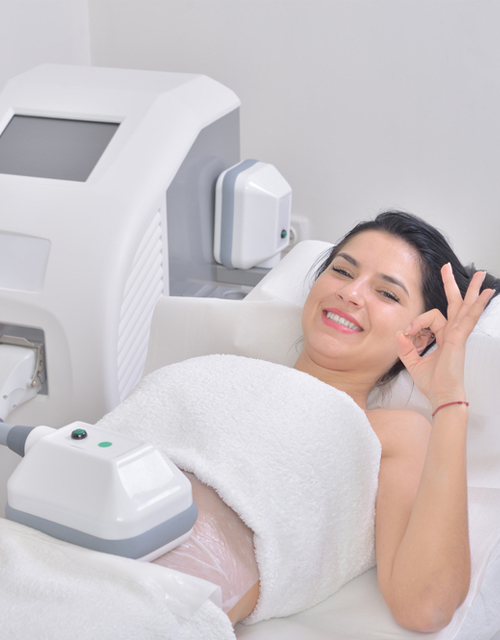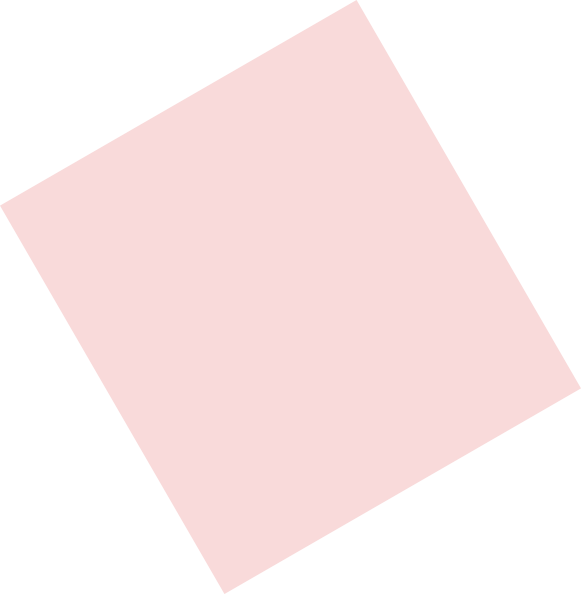
Acne scar, Stretch marks removal.
Acne scars and stretch marks can be difficult to completely remove, but there are several treatments available that can improve their appearance.
For acne scars, some common treatments include:
Chemical peels: A chemical solution is applied to the skin to remove the top layer, revealing smoother, more even-toned skin.
Microdermabrasion: A minimally invasive procedure that uses tiny crystals or a diamond-tipped wand to gently remove the top layer of skin.
For stretch marks, some common treatments include:
Topical creams: Creams containing ingredients like retinoids or alpha hydroxy acids may help reduce the appearance of stretch marks.
Microdermabrasion or chemical peels: These treatments can help exfoliate the skin and stimulate collagen production to reduce the appearance of stretch marks.
Ozo Signature Melasma & hyperpigmentation treatment
Melasma and hyperpigmentation are conditions that cause dark patches of skin on the face. Here are some common treatments for these conditions:
Topical lightening agents: These can include products containing hydroquinone, kojic acid, or azelaic acid, which can help lighten dark spots over time.
Chemical peels: These treatments use a chemical solution to exfoliate the skin and remove the top layer of pigmented skin cells, revealing a smoother, more even skin tone.
Microdermabrasion: This procedure uses a device to gently exfoliate the skin and improve its texture and appearance.
Laser therapy: This treatment uses focused light energy to target the pigmented cells and break them up, causing them to be absorbed by the body's natural processes.
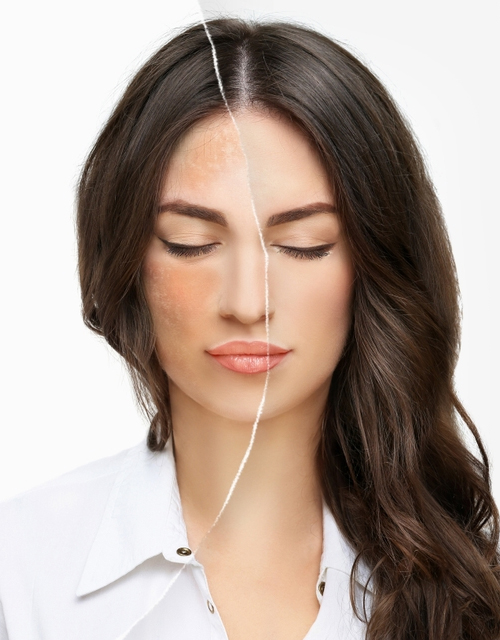
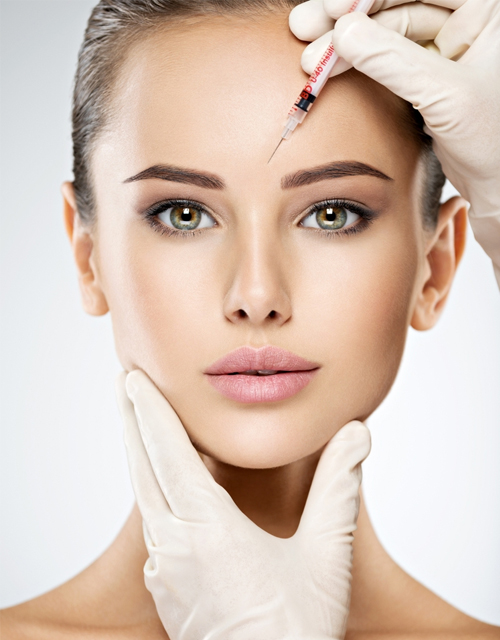
Botox, Fillers, threads
Botox, fillers, and threads are all cosmetic treatments that can help improve the appearance of the face.
Botox is a neurotoxin that temporarily paralyzes muscles, which can help smooth out wrinkles and fine lines. It is often used on the forehead, around the eyes (crow's feet), and between the eyebrows (frown lines).
Fillers are injectable substances that are used to add volume and fullness to areas of the face that have lost volume or have deep wrinkles or folds. Common filler substances include hyaluronic acid, which is a naturally occurring substance in the body, and calcium hydroxylapatite, which stimulates collagen production.
Threads are a type of non-surgical facelift that use dissolvable threads inserted into the skin to lift and tighten sagging skin. The threads can be made of various materials, including polydioxanone (PDO) or polylactic acid (PLA).
Skin Tightening
Skin tightening treatments aim to improve the appearance of loose or sagging skin, and can be performed on various parts of the body, including the face, neck, arms, abdomen, and thighs. Here are some common skin tightening treatments:
Radiofrequency (RF) therapy: This treatment uses heat energy to stimulate collagen production, resulting in tighter, firmer skin. RF therapy can be performed on both the face and body.
Ultrasound therapy: This treatment uses ultrasound energy to heat the deep layers of the skin, which stimulates collagen production and results in tighter, smoother skin.
Laser therapy: This treatment uses focused light energy to stimulate collagen production and tighten the skin.
Cryolipolysis: This treatment uses cold temperatures to freeze and destroy fat cells, resulting in a tighter, more toned appearance.
It's important to work with a dermatologist or skincare professional to determine the best skin tightening treatment for your specific needs.

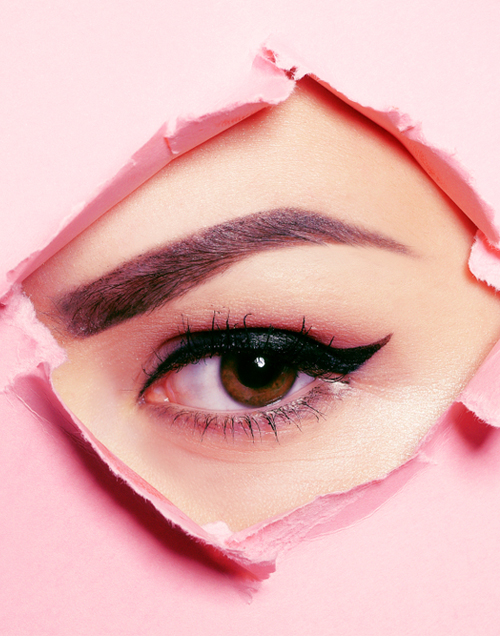
Permanent Makeup
Permanent makeup, also known as cosmetic tattooing or micropigmentation, is a cosmetic technique that involves tattooing pigment into the skin to create the appearance of makeup. This technique can be used to enhance the eyebrows, eyelids, lips, and even create the appearance of hair on the scalp.
The procedure involves using a needle or a blade to deposit pigment into the skin's upper dermal layer. The color of the pigment is selected to match the client's natural skin tone and hair color, and the shape of the makeup is customized to enhance the client's facial features.
Permanent makeup is a long-lasting solution that can save time and effort in daily makeup application. However, it's important to note that the results are not truly permanent and can fade over time. Touch-up sessions may be required every few years to maintain the desired look.
Inch Loss with Laser
Inch loss with laser is a non-invasive cosmetic treatment that uses laser technology to reduce the size of targeted areas of the body, typically the abdomen, thighs, hips, and arms. The treatment is also known as laser lipolysis, laser body sculpting, or laser fat reduction.
The procedure involves using a laser to heat the fat cells in the targeted area, causing them to break down and be absorbed by the body's lymphatic system. The treatment typically takes 30 to 60 minutes per session and requires no downtime.
Results may vary depending on the individual, but many people see a reduction in the size of the treated area after a few sessions. The treatment is not intended as a weight loss solution, but rather as a way to contour and shape the body in specific areas.
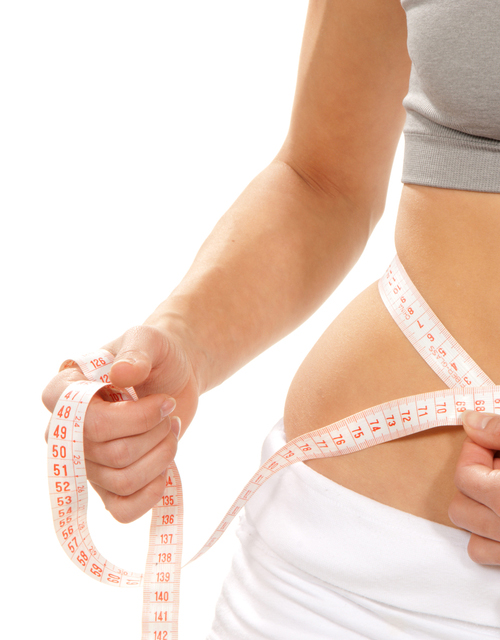

Eyebrow Designing
Eyebrow designing is the process of shaping and grooming the eyebrows to enhance the appearance of the face. Well-designed eyebrows can frame the face, make the eyes appear larger, and create a more youthful and polished look.
There are several techniques that can be used for eyebrow designing, including:
Tweezing: This involves plucking individual hairs using tweezers to create a desired shape.
Waxing: This involves applying warm wax to the eyebrow area and removing it with a strip to remove unwanted hair.
Threading: This involves using a twisted thread to remove unwanted hair from the brow area.
Lip Lightening
Lip lightening is a cosmetic treatment that involves lightening the natural color of the lips to create a more even and brighter appearance. It can be performed on individuals with naturally dark or uneven lips, as well as those who have developed dark or discolored lips due to sun damage or certain lifestyle habits like smoking.
There are various techniques and products that can be used for lip lightening, including:
Chemical peels: This treatment involves applying a chemical solution to the lips to remove the outer layers of skin and reveal lighter, fresher skin underneath.
Laser therapy: This treatment uses laser energy to target and break down the pigmented cells in the lips, resulting in a lighter appearance.
Topical creams and serums: These products typically contain ingredients such as hydroquinone, kojic acid, or vitamin C, which can help to reduce the production of melanin in the lips and lighten their color over time.
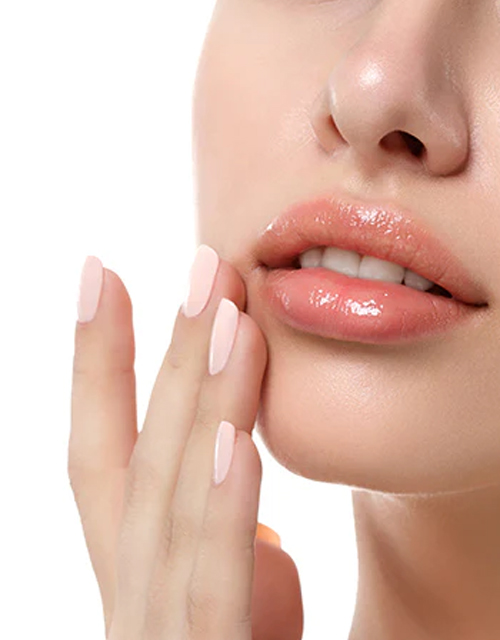

OZO Special Peals & Facials
OZO Special peels and facials are cosmetic treatments designed to improve the appearance and texture of the skin. These treatments can be tailored to address specific skin concerns, such as acne, hyperpigmentation, fine lines, and wrinkles.
Here are some common types of special peels and facials:
Chemical peels.
Microdermabrasion.
Hydrafacial.
Oxygen facial.
Enzyme facials.
Mole/Skintag Removal
Mole and skin tag removal are cosmetic treatments that involve the removal of moles or skin tags for aesthetic purposes or because they pose a health risk. Moles are growths on the skin that can be flat or raised and vary in color, while skin tags are small, benign growths that hang off the skin.
There are several methods for mole and skin tag removal, including:
Excision.
Laser removal.
Cryotherapy.
Electrosurgery.
It's important to consult with a dermatologist or other qualified medical professional before undergoing any mole or skin tag removal procedures. They can assess the mole or skin tag and determine the best method for removal, as well as monitor the area after the procedure to ensure proper healing.
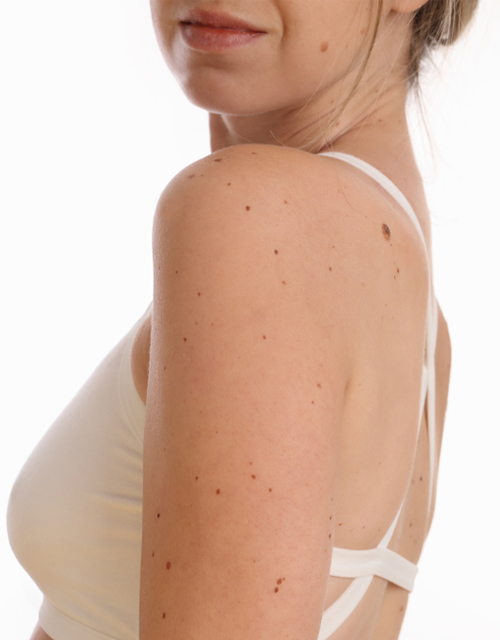
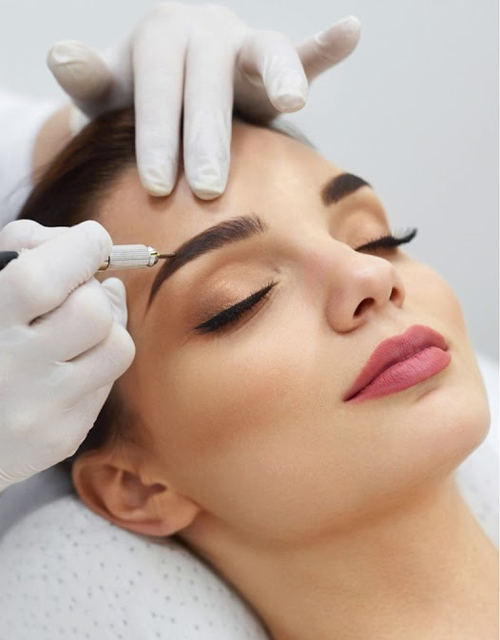
Microblading & Microshading
Microblading and microshading are semi-permanent makeup techniques used to enhance the appearance of eyebrows. Both techniques involve the use of a hand-held tool to create fine, hair-like strokes, but there are some differences between them.
Microblading involves using a small blade to manually create fine, hair-like strokes in the skin. The blade is dipped into a pigment and then used to create the strokes that mimic the natural look of eyebrow hair. The pigment is deposited into the skin and lasts for about 1-3 years. The results of microblading can be natural-looking and can fill in sparse areas of the eyebrows.
Microshading, on the other hand, involves using a hand-held tool with small needles to create a soft, powdered effect. The needle creates tiny dots of pigment on the skin that blend together to create a soft, natural-looking appearance. Microshading is a great option for those with oily skin, as the technique can provide longer-lasting results than microblading.
Laser Hair Removal
Laser hair removal is a cosmetic treatment that uses laser technology to remove unwanted hair from various parts of the body. The laser targets the melanin pigment in the hair follicles, heating and destroying them without damaging the surrounding skin.
The procedure is typically done in a series of treatments, with each session lasting anywhere from a few minutes to an hour, depending on the size of the treatment area. The number of treatments required varies based on the individual and the treatment area, but most people need between 6-8 sessions spaced several weeks apart to achieve optimal results.
Laser hair removal is most effective on people with darker hair and lighter skin, as the laser is attracted to the dark pigment in the hair. However, advances in laser technology have made it possible for people with lighter hair and darker skin to undergo the treatment with great success.
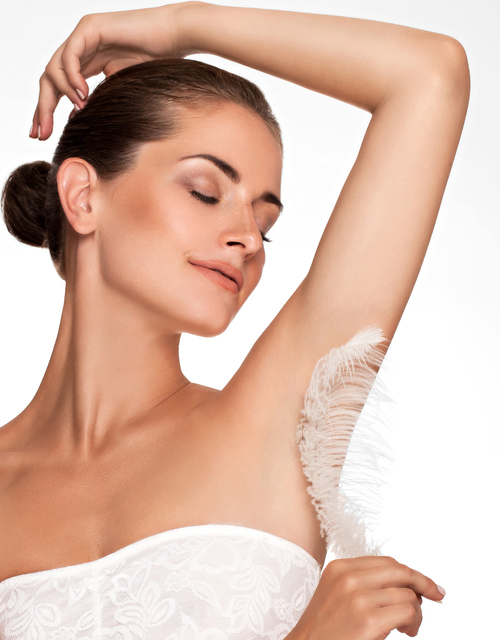
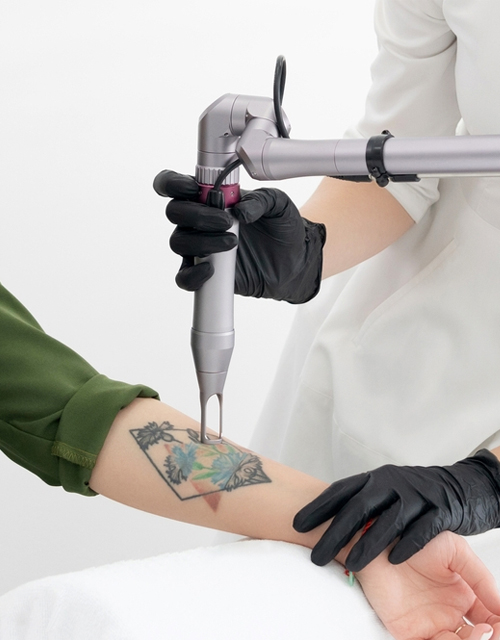
Tattoo Removal
Tattoo removal is a cosmetic treatment that involves removing unwanted tattoos from the skin. There are several methods for tattoo removal, including:
Laser removal: This involves using a high-powered laser to break up the ink particles in the tattoo. The broken-up ink is then absorbed by the body's immune system and eliminated. Multiple sessions are typically required for optimal results.
Surgical removal: This involves cutting out the tattooed skin and then stitching the surrounding skin back together. This method is typically only used for small tattoos.
Dermabrasion: This involves using a high-speed rotary device to sand down the tattooed skin, essentially removing the tattoo. This method can be painful and may leave scarring.
Chemical removal: This involves applying a chemical solution to the tattooed skin to break down the ink. This method is not as effective as laser removal and can be painful.
Earlobe Repair
Earlobe repair is a cosmetic procedure that is performed to repair earlobes that have been stretched, torn, or damaged in some way. Common reasons for earlobe damage include wearing heavy earrings or gauges, trauma to the ear, and piercings that have been stretched or torn.
The procedure typically involves numbing the earlobe with a local anesthetic and then surgically repairing the damaged tissue. The surgeon may remove any excess tissue or reshape the earlobe to restore its natural appearance.
The procedure is usually done on an outpatient basis and takes about an hour to complete. After the procedure, the patient may need to wear a small dressing or bandage over the earlobe for a few days to protect it as it heals.
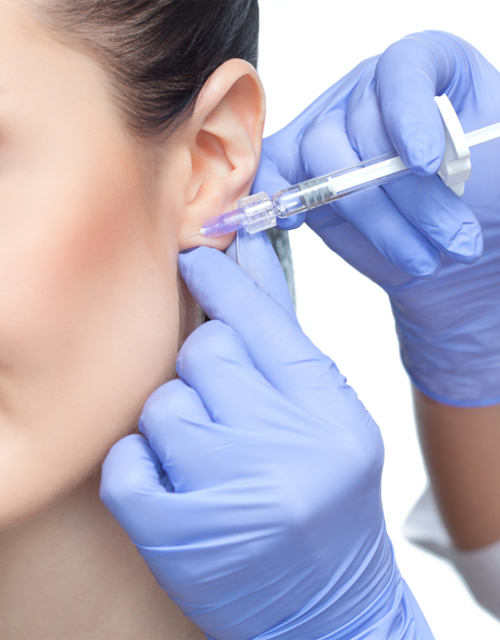
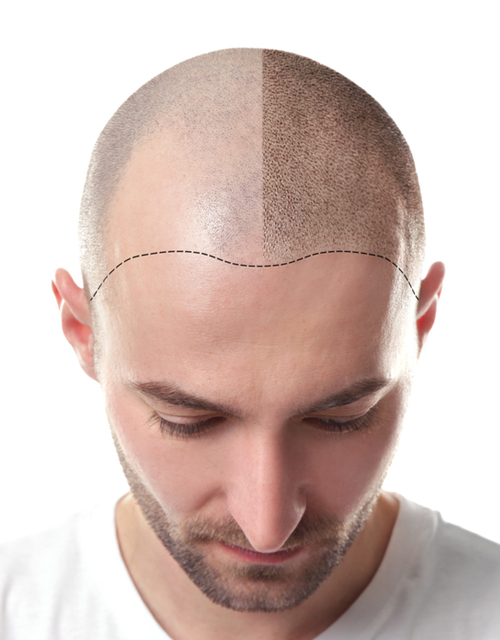
Hair Transplant FUE
Hair transplant FUE (Follicular Unit Extraction) is a cosmetic procedure that involves removing individual hair follicles from one area of the scalp (usually the back of the head) and transplanting them to another area where hair is thinning or balding. FUE is a minimally invasive hair restoration technique that results in natural-looking hair growth.
The procedure involves the following steps:
The surgeon will numb the scalp with a local anesthetic.
The surgeon will use a small punch tool to extract individual hair follicles from the donor area.
The extracted hair follicles will be carefully prepared for transplantation.
The surgeon will make tiny incisions in the recipient area where the hair will be transplanted.
The prepared hair follicles will be placed into the incisions, one by one.
The procedure typically takes several hours to complete and may require multiple sessions to achieve the desired result. After the procedure, the patient may experience some minor swelling and discomfort, but these symptoms usually resolve within a few days.
Natural Hair Restoration
Natural hair restoration is a term used to describe non-surgical methods for promoting hair growth and restoring thinning or balding hair. These methods can include dietary changes, lifestyle modifications, and the use of natural remedies and supplements.
Here are some natural hair restoration methods:
Diet: A healthy diet rich in vitamins and minerals, especially biotin, iron, and zinc, can help promote healthy hair growth. Foods such as eggs, nuts, spinach, and avocados are all good sources of these nutrients.
Supplements: Some natural supplements, such as saw palmetto, pumpkin seed oil, and ginseng, have been shown to promote hair growth and reduce hair loss.
Stress reduction: Stress can contribute to hair loss, so finding ways to reduce stress, such as through exercise, meditation, or yoga, may help promote healthy hair growth.
While natural hair restoration methods can be effective for some individuals, they may not work for everyone. It's important to talk to a healthcare professional before trying any natural remedies or supplements to ensure they are safe and appropriate for you. If you are experiencing significant hair loss or balding, a hair transplant or other medical treatment may be necessary to achieve the desired results.
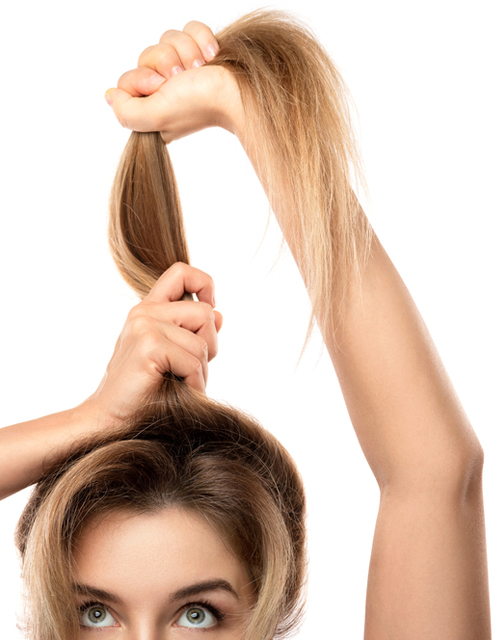
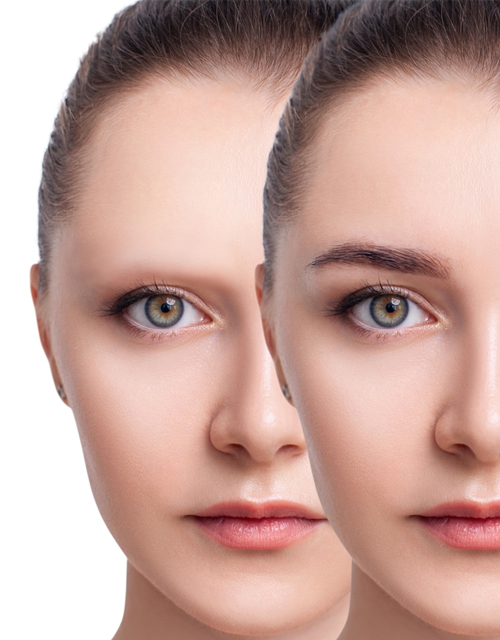
Eyebrows & Bread transplant
Eyebrow and beard transplants are cosmetic procedures that involve transplanting hair follicles from one area of the scalp to the eyebrow or beard area.
Eyebrow Transplant: The procedure involves removing hair follicles from the donor area on the scalp, typically at the back of the head, and transplanting them into the eyebrow area. The surgeon will carefully place the hair follicles into tiny incisions in the eyebrow area to create a natural-looking eyebrow shape.
Beard Transplant: The procedure is similar to an eyebrow transplant, but the hair follicles are transplanted into the beard area. The surgeon will carefully place the hair follicles into tiny incisions in the beard area to create a natural-looking beard shape.
Laser Hair Regrowth/PRP
Laser hair regrowth and platelet-rich plasma (PRP) therapy are two non-invasive treatments that can help promote hair growth.
Laser Hair Regrowth: Laser hair regrowth involves using low-level laser therapy (LLLT) to stimulate hair follicles and promote hair growth. The lasers are typically applied to the scalp using a special cap or comb, and the treatment may take several months to see results. The lasers work by increasing blood flow and oxygen to the hair follicles, which can help promote healthy hair growth.
PRP Therapy: PRP therapy involves drawing a small amount of blood from the patient, processing it to concentrate the platelets, and injecting the concentrated platelets into the scalp. Platelets contain growth factors that can help promote hair growth and improve the overall health of the scalp. PRP therapy may require multiple sessions, and results may take several months to appear.
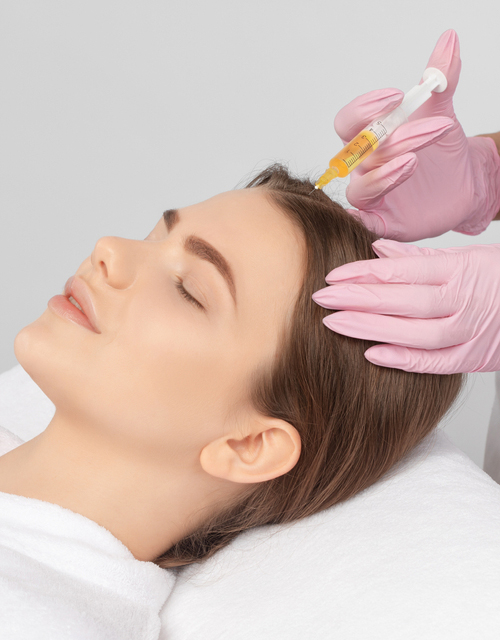
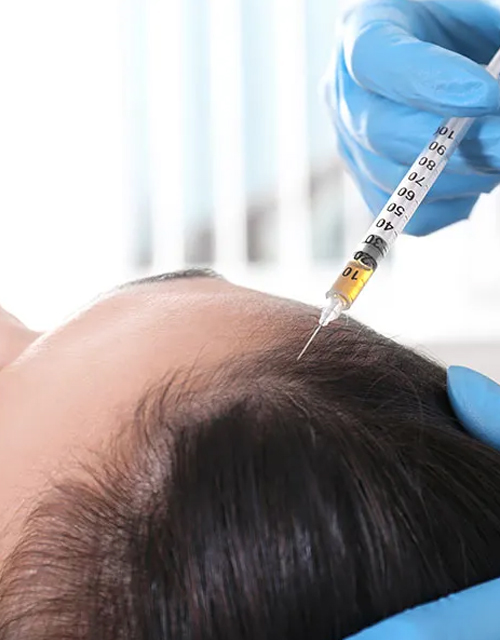
Stem Cell, Mesotheraphy
Stem cell therapy and mesotherapy are two non-surgical treatments that can be used for hair restoration.
Stem Cell Therapy: This treatment involves using stem cells, which have the potential to regenerate and repair damaged tissues, to promote hair growth. The procedure typically involves extracting stem cells from the patient's own body fat, processing the cells, and injecting them into the scalp. The stem cells can stimulate the hair follicles and promote hair growth. The treatment may be performed in conjunction with other hair restoration treatments, such as PRP therapy, for optimal results.
Mesotherapy: This treatment involves injecting a solution containing vitamins, minerals, and other nutrients into the scalp to promote hair growth. The solution may also contain medications such as minoxidil, which can help prevent hair loss and promote hair growth. The treatment may be performed in conjunction with other hair restoration treatments for optimal results.
Cryolipolysis / Cool Sculpting
Cryolipolysis, also known as CoolSculpting, is a non-invasive cosmetic procedure that uses controlled cooling to eliminate stubborn fat cells in targeted areas of the body.
During the procedure, a device is placed on the targeted area of the body, and the underlying fat cells are cooled to a temperature that causes them to crystallize and die. The body then naturally processes and eliminates the dead fat cells over time, resulting in a reduction of fat in the treated area.
CoolSculpting is typically performed in multiple sessions, and results can be seen gradually over several weeks to months following the treatment. The procedure is most effective for treating areas of stubborn fat, such as the abdomen, flanks, thighs, and upper arms.
CoolSculpting is a non-invasive alternative to traditional liposuction, with less downtime and a lower risk of complications. However, it's important to note that it is not a weight loss solution, and it's important to maintain a healthy diet and exercise routine to maintain results. Additionally, CoolSculpting may not be suitable for everyone, and it's important to consult with a qualified provider to determine if the treatment is right for you.
